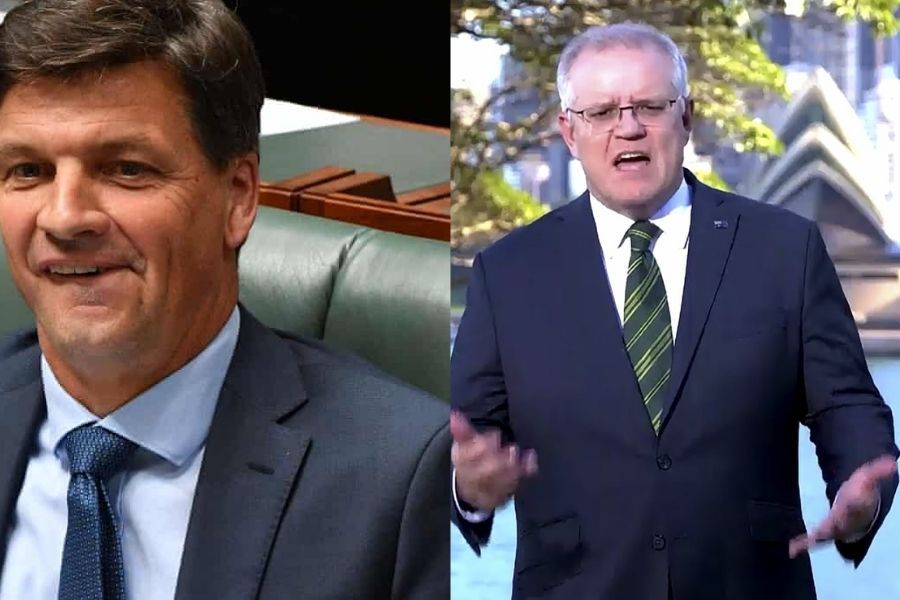You may not hear a huge amount about it locally here, but there’s been some hope emerging on climate action commitments in the past few months.
It’s hope that shows much of the world is identifying (and in some places experiencing) the serious threat for what climate change is and planning on being part of a solution that can bring about a greener and cleaner future.
They’re doing this in the face of the pandemic, at what could be simply considered a lost year for achieving progress on anything.
The biggest news from the past week came from Xi Jinping who committed China, the world’s largest carbon emitter, to the goal of reaching net-zero emissions before 2060. He called for a “green revolution” and significantly more investment in solar and wind. The analysis predicts this alone could cut global warming by 0.25 degrees this century. It would require significant investment, with some analysis estimating this could increase China’s GDP by as much as 5 per cent later this decade.
China’s announcement — although there’s still much to be determined — has already been described as a “game changer”, and comes as the EU has also strengthened it Paris commitments, last week promising to cut emissions by 55 per cent by 2030.
They’re commitments that bring hope to potential outcomes from the November 2021 UN climate summit Cop26, what’s often seen as the last chance for the world to meet the 2015 Paris agreement goals (after this year’s session was delayed).
Numerous governments from Austria to Bhutan, Canada, Denmark, Fiji, France, Ireland, Japan, New Zealand and the United Kingdom have set similar targets. (Plus many more, this piece retains an updated list of who is promising what).
All of this could not be further from announcements out of Australia over the past week.
But wait, there’s more.
In mid September, the governor of California signed an ambitious executive order aiming to outlaw the sale of new cars with combustion engines by 2035, while in the UK, Prime Minister Boris Johnson is expected to bring their planned ban on such sales forward to within the next decade. In recent weeks Uber unveiled a plan to be a zero-emission platform by 2040, with US$800 million allocated to support drivers in using electric vehicles by 2025.
All of this follows a year long period in which zero-emissions announcements have been coming in from everywhere — even from BP, which in August unveiled its plans for achieving its 2050 net zero ambition. Yes, BP.
New research shows that the number of commitments from local governments and businesses to reaching net zero emissions has roughly doubled in less than a year. There are now 452 cities, 1101 businesses, 549 universities and 45 of the biggest investors committed to a zero-carbon economy by at least 2050. (NSW is included in these figures).
There is reason to hope. Change is happening.
But it’s excruciating to watch Australia’s federally elected representatives on the issue, especially just months after the horror 2019/20 bushfire season.
Prime Minister Scott Morrison will not commit to a net-zero emissions target by 2050 — although is happy to suggest that such a target is achievable. “I’m more interested in doing,” he told Insiders last week.
By ‘doing’ he’s referring to his technology roadmap, prioritizing certain areas that happen to align with the Coalition’s continued interests in coal and mostly anything but proven renewable energy sources.
Australia is pursuing a “gas-led recovery” rather than the “green recovery” put forward by other countries in response to COVID-19, which comes despite large opposition from the Australian power industry. (and despite Morrison claiming their roadmap is “technology-neutral”). Renewable energy investments have been dropping due to government policy uncertainty. The government-appointed COVID-19 Commission Advisory Board — which is tasked with determining jobs of the future — does not include one person with a background or expertise in renewable energy, nor anyone under the age of 37.
The Coalition Government’s Low Emissions Technology Statement identified five key areas for investment: hydrogen, energy storage, low-carbon steel and aluminum, carbon capture and storage, and soil carbon storage. There is no clear explanation for why the Government chose these areas to target, nor why proven renewable technologies like wind and solar were largely ignored.
Australia continues to spend tens of billions annually on subsidies that support fossil fuels according to the International Monetary Fund — and the COVID recovery plan includes subsidies to the gas industry. On gas, some of Australia’s leading scientists have penned open letters urging a rethink on support for natural gas, and numerous experts are outlining why spending billions on gas infrastructure and developments is a terrible idea economically and environmentally.
In a 22nd of September 2020 update, the global Climate Action Tracker labeled Australia as ‘insufficient’ — meaning its policies are inconsistent with holding warming below 2 degrees, let alone within the Paris Agreement’s much stronger 1.5 degree limit.
Back in December 2019, Australia was ranked 57th on climate change policies, with the report then criticizing the Morrison Government as being a “regressive force”.
Where would we be ranked today, following these latest announcements and a period in which so much of the world is moving forward?
Yes, there are plenty of male egos involved in some of the more hopeful, international, announcements mentioned above — and of course there are also holes in their plans. But there’s something about the Australian male ego that is currently dominating the positions of power that determine our policy future: they’re putting us on course to get stranded in the dark, risking more than just our opportunity to participate in a green global economy.
Indeed, with this latest ‘roadmap’, Australia has been described as facing being left behind on an “axis of carbon with Russia and Nigeria.”



